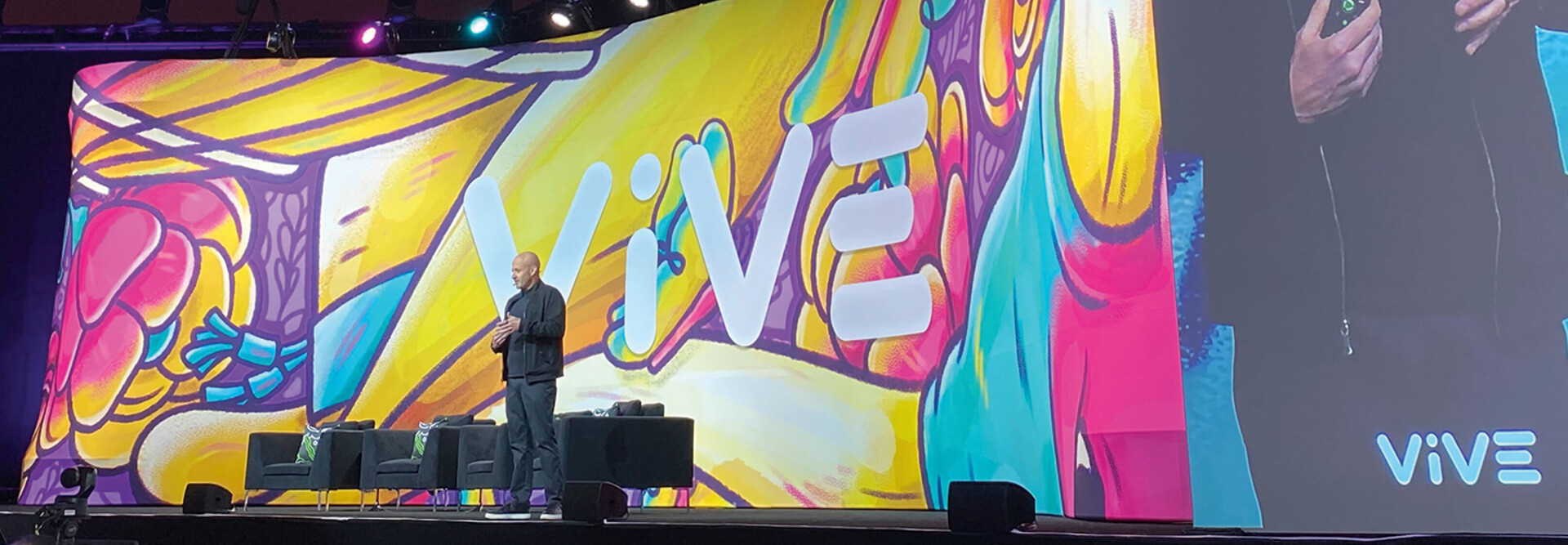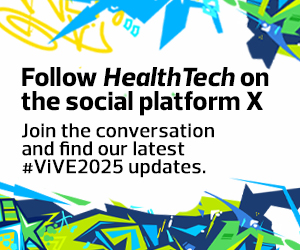AI’s Next Role as Ambient Intelligence
Joe Petro, corporate vice president of health and life sciences solutions and platforms at Microsoft, oversees development of the tech giant’s industry-specific solutions such as Nuance Dragon Medical One, Dragon Ambient Experience (DAX) Copilot and Microsoft Cloud for Healthcare, to name a few.
Burdensome documentation requirements are a contributing factor to clinician burnout: Just over 48% percent of physicians experienced at least one symptom of burnout in 2023, according to a survey from the American Medical Association.
That’s part of the reason why healthcare organizations are gravitating toward solutions that improve clinical workflows. Ambient listening solutions aim to reduce physicians’ “pajama time,” or the amount of time they spend in their off-hours finishing administrative tasks.
The ability to listen and record a clinical visit is low-hanging fruit. What’s next, Petro said, is ambient intelligence: “Over the last 18 to 24 months, what’s really happened is that the novelty of capturing speech and doing the listening part of the problem, that has more or less become table stakes. Ambient intelligence is really the direction that it’s going in.”
Petro detailed the arduous journey of improving Microsoft’s ambient listening solutions, and how the recent introduction of generative AI has helped to scale offerings.
“We weren’t trying to solve the listening and speech problem. We were trying to solve the intelligence problem, and that was the promise of generative AI,” he said.
DISCOVER: These are the transformative benefits of ambient listening in healthcare.
He shared a child’s drawing that was featured in a 2012 JAMA article called “The Cost of Technology.” The drawing captures the child’s experience at a doctor’s office, with the doctor’s back completely turned away from the patient and focused on a computer screen. It’s a stark reminder of the way technology can cause friction in the patient-provider experience.
“None of us actually got into this business to be typists or administrators. This is what ambient does. When we talk about our value, we talk about turning the chair around,” Petro said.
In the next three to five years, he predicted, the user experience for AI will change: For instance, what if the room of a doctor’s office could listen to the visit and convert the conversation to accurate clinical documentation?














